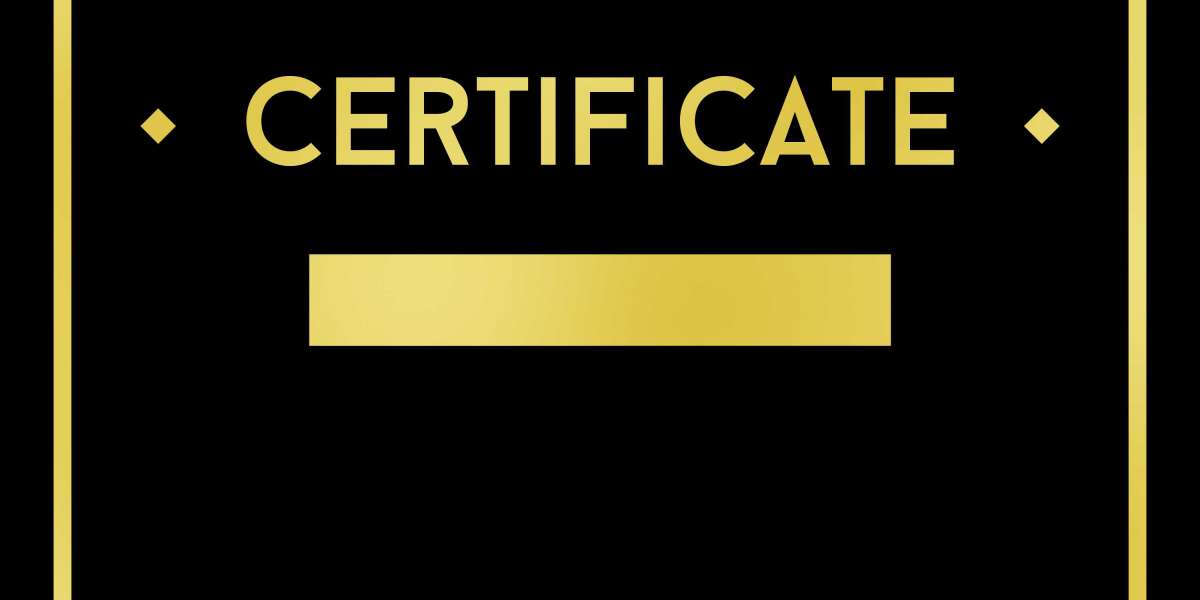In research, education, and professional industries, the term case study is used frequently — but what does it truly mean? Whether you’re a student writing academic papers, a marketer crafting success stories, or a business professional analyzing real-world strategies, understanding what is meant by a case study is essential.
This article explores the meaning of a case study, its purpose, structure, types, and why it has become one of the most effective tools for analysis and learning.
Definition: What Is Meant by a Case Study?
A case study refers to a comprehensive and detailed analysis of a particular subject, situation, individual, organization, or event. It is designed to explore and understand how and why certain outcomes occurred.
Unlike general reports that cover broad data, a case study narrows the focus to one specific instance — allowing researchers or professionals to analyze details in depth and draw meaningful insights.
In simple words, a case study is a real-life example used to explain, support, or challenge a concept. It combines storytelling with evidence, helping others learn from actual experiences rather than theoretical assumptions.
For example:
In education, students study real-life business problems to understand management strategies.
In marketing, brands use customer success stories as case studies to build trust.
In medicine, case studies help doctors analyze patient symptoms and treatments.
Purpose of a Case Study
The main goal of a case study is to generate understanding through exploration and analysis. It provides answers to complex questions that cannot be explained through statistics or experiments alone.
Here are the primary purposes of a case study:
To Investigate Real-World Problems: Case studies help analyze challenges that occur in real environments, offering practical insights.
To Apply Theoretical Knowledge: They connect academic theories to actual examples, helping learners understand how concepts work in practice.
To Showcase Success Stories: In business, companies use case studies to demonstrate how their solutions created measurable results.
To Encourage Problem-Solving: By examining causes, actions, and results, readers can identify strategies to solve similar issues.
Essentially, case studies provide both evidence and experience, making them a valuable resource for decision-making and research.
Types of Case Studies
Case studies can vary depending on their purpose, scope, and field of application. Here are the most common types:
Descriptive Case Study: Focuses on describing a situation or event in detail without analyzing causes or solutions.
Example: A report on how a startup managed to survive its first financial year.Exploratory Case Study: Conducted at the beginning of a research project to identify key questions or areas for further study.
Example: Early exploration into consumer behavior before launching a new product.Explanatory Case Study: Seeks to explain why something happened and explores the relationships between variables.
Example: Why a particular marketing campaign succeeded in one region but failed in another.Intrinsic Case Study: Focuses on a unique or exceptional subject that provides special insights.
Example: A small village implementing 100% renewable energy solutions.Instrumental Case Study: Uses a specific case to understand a larger issue or pattern.
Example: Studying one successful e-learning program to understand digital education trends.
Structure of a Case Study
A well-written case study follows a logical structure to make it clear, engaging, and informative. Here’s how a typical case study is organized:
Introduction:
Introduces the topic, background, and why the case is being studied.Problem Statement:
Clearly defines the issue, challenge, or objective the case focuses on.Methodology:
Explains the approach, tools, or techniques used to collect and analyze data.Analysis and Discussion:
Presents the findings, discusses outcomes, and interprets the results.Conclusion and Recommendations:
Summarizes key insights, lessons learned, and possible next steps.References (if applicable):
Lists sources and data points used for credibility and transparency.
Examples of Case Studies
Here are a few practical examples that illustrate what case studies look like in different contexts:
Business Case Study:
A company documents how it improved its customer retention by implementing a loyalty program, supported by statistics and customer feedback.Educational Case Study:
A researcher analyzes how a school adopted blended learning techniques during the pandemic and measures the academic outcomes.Healthcare Case Study:
A medical professional examines a patient’s treatment journey to understand the impact of a new therapy.Marketing Case Study:
A digital agency shows how they helped a client achieve 200% more engagement through targeted social media strategies.
Each of these examples showcases real-life problem-solving and measurable results — the heart of any great case study.
Why Case Studies Are Important
They Provide Real-Life Context:
Case studies go beyond theory, offering real-world examples that people can relate to.They Support Decision-Making:
Professionals and leaders use case studies to evaluate what strategies have worked elsewhere.They Build Credibility:
Businesses use case studies as social proof to demonstrate success and build trust among potential clients.They Encourage Critical Thinking:
For students and researchers, analyzing a case enhances analytical and problem-solving skills.They Inspire Innovation:
By studying how others tackled similar problems, new and creative ideas often emerge.
Tips for Writing an Effective Case Study
If you plan to write a case study, keep these best practices in mind:
Use a clear and engaging narrative: Tell the story step by step.
Focus on results: Include measurable outcomes wherever possible.
Keep it concise: Avoid unnecessary jargon or lengthy background details.
Include visuals: Graphs, charts, and images enhance readability.
Highlight lessons learned: Every good case study ends with actionable insights.
Conclusion
So, what is meant by a case study? In essence, it’s a detailed exploration of a real-life example that teaches valuable lessons. Whether used in classrooms, corporate reports, or marketing campaigns, case studies combine storytelling, research, and analysis to communicate complex ideas effectively.
By focusing on real experiences and results, a case study transforms theory into practice — turning information into understanding and data into action.













